1. Social Media in Learning
1.1. Cost benifits
1.1.1. Negatives
1.1.1.1. Potentially distracting
1.1.1.2. Privacy
1.1.1.3. Company first learner second
1.1.1.4. Data collected and potentially used to change behavior in a negative way
1.1.1.5. Free BUT...requires signing up. and overpopulating (and cluttering) ones social network screen space
1.1.2. Positives
1.1.2.1. Construct knowledge between members of a group
1.1.2.2. Often “free”
1.1.2.3. Can help validate concepts or products
1.1.2.4. Creates discourse surrounding potentially niche topics
1.1.2.5. Data collected and potentially used to change behavior in a positive way
1.1.2.6. Can help build /sustain a network of people off-line
1.2. Examples
1.2.1. Blog
1.2.2. Website
1.2.3. Facebook
1.2.4. Snapchat
1.2.5. LinkedIN
1.2.6. Research Gate
1.2.7. LMS
1.2.8. Twitter
1.2.9. YouTube
1.2.10. Venmo
2. Focus Areas
2.1. Social media
2.2. Participatory learning
2.3. Maker Space
2.3.1. Thinking with your hands
2.3.2. engaging with others in real time/physical space
2.3.3. Development of creative thinking
2.3.4. Development of problem-solving and iteration of ideas
3. Learning Concepts
3.1. Social constructivist
3.1.1. Knowledge is built in the social environment
3.1.2. Learning between individuals with varied degrees of topic knowledge
3.2. Connectivist learning
3.2.1. Collective knowledge is held in the network
3.2.2. Collective knowledge is created in the network
3.3. Behavioral
3.3.1. Data shows behavior patterns
3.3.2. Data used to change behavior
3.4. Constructionism
3.4.1. relates to "making"
3.4.2. builds on constructivist framework
